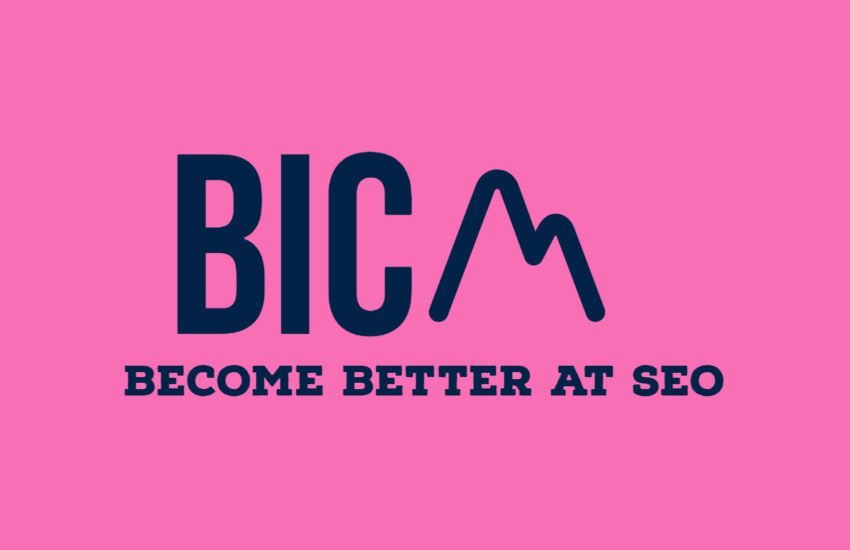The Best Approach for Reviving an Old Tired Blog
Why Revive an Old Tired Blog
Reviving an old tired blog which is no longer ranking perhaps, is like giving it a second chance to shine! It’s about dusting off those forgotten posts and giving them a makeover.
You know, updating outdated info and injecting some new energy into them. But it’s not just about sprucing up the old stuff; it’s also about reconnecting with your readers, old and new.
Think of it like finding a favorite old book on your shelf—it’s got stories and lessons that are still worth sharing.
Bringing back your old blog is like bringing back a piece of yourself, sharing your thoughts and experiences with the world once again.
With the right approach and a little bit of effort, you can breathe new life into your blog and start engaging with your audience once again. In this article, we will discuss the best approach to revive an old blog.
1. Assess the Current State of Your Blog
The first step in reviving an old blog is to assess its current state.
Take some time to go through your old posts and analyze their performance. Identify the topics that resonated well with your audience and those that didn’t.
This will give you insights into what type of content you should focus on moving forward.
2. Update Outdated Content
One of the main reasons why a blog becomes dormant is outdated content.
Take the time to review your old posts and update any information that may no longer be accurate.
This will not only improve the quality of your content but also show your audience that you are actively maintaining your blog.
3. Create a Content Strategy
A well-defined content strategy is crucial for the success of any blog.
Take the time to research your target audience and identify their interests and pain points. Use this information to create a content plan that aligns with their needs.
This will help you create valuable and engaging content that will attract and retain readers.
4. Develop a Consistent Posting Schedule
Consistency is key when it comes to blogging.
Develop a posting schedule that you can realistically commit to.
Whether it’s once a week or once a month, make sure you stick to it. This will help you build trust with your audience and keep them coming back for more.
5. Refresh Your Blog Design
Aesthetics play a crucial role in attracting and retaining readers.
Take some time to refresh the design of your blog.
Choose a clean and modern theme that reflects your brand’s identity. Make sure your blog is mobile-friendly and easy to navigate.
A visually appealing and user-friendly blog will enhance the overall user experience and encourage readers to stay longer.
6. Promote Your Blog on Social Media
Once you have updated and optimized your blog, it’s time to promote it.
Social media platforms are a great way to reach a wider audience and drive traffic to your blog.
Create profiles on relevant social media platforms and share your blog posts regularly.
Engage with your audience and participate in relevant discussions to establish yourself as an authority in your niche.
7. Collaborate with Other Bloggers
Collaborating with other bloggers in your niche can help you expand your reach and attract new readers.
Reach out to bloggers who share similar interests and propose collaboration opportunities such as guest posting or co-hosting webinars.
This will not only help you tap into their audience but also build valuable relationships in the blogging community.
8. Engage with Your Audience
Engaging with your audience is crucial for building a loyal following.
Respond to comments on your blog posts and engage with your readers on social media. Ask for feedback and suggestions to show your audience that their opinions matter.
Building a strong relationship with your audience will not only increase their loyalty but also provide you with valuable insights for future content.
9. Analyze and Adapt
As you revive your old blog, it’s important to analyze your efforts and adapt your strategy accordingly.
Monitor your blog’s performance using analytics tools and identify what works and what doesn’t.
Use this data to make informed decisions and continuously improve your blog.
Conclusion
Reviving an old blog may require some time and effort, but with the right approach, it can be a rewarding experience.
Follow these steps to breathe new life into your blog and start engaging with your audience once again. Remember, consistency, quality content, and audience engagement are the keys to a successful blog.


